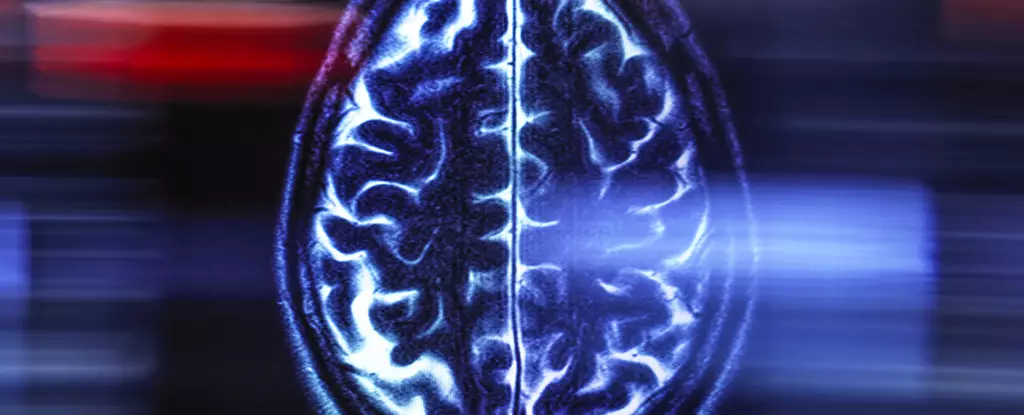Modern science is increasingly challenged to understand why some individuals age gracefully with minimal health issues, while others experience rapid decline well before reaching old age. The traditional view equates chronological age—how many years have passed since birth—with biological age, which directly reflects changes within the body. However, recent breakthroughs suggest that these two measures often diverge significantly, and that understanding this discrepancy offers immense potential to predict and even influence health outcomes. A pioneering tool, DunedinPACNI, emerges from this landscape—a sophisticated neural imaging analysis aimed at deciphering the biological age of the brain using a single scan taken during midlife.
What makes DunedinPACNI compelling is its foundation on extensive longitudinal data from Dunedin, New Zealand. Researchers tracked over a thousand individuals born in the early 1970s, providing a rich dataset that captures the intricate course of aging over decades. This deep foundation enables the development of an algorithm that quantifies the “pace” at which a person’s brain appears to age, offering insights far beyond superficial age markers. The capacity to infer biological age from a solitary brain scan stands to transform not only research but also clinical practice, enabling early intervention and personalized healthcare strategies based on a person’s true biological health.
Unveiling the Brain’s Aging Clock
DunedinPACNI relies on analyzing 99 specific brain measurements—delving into the structure and composition of critical regions such as the cerebral cortex and gray matter. These elements are instrumental in determining cognitive capabilities, including language, memory, and executive functions. As we age, these structures naturally thin and shrink, but the rate of change varies widely among individuals. By capturing these subtler changes, DunedinPACNI constructs a comprehensive picture of an individual’s biological age, independent of their chronological years.
What truly sets this tool apart is its validation across a broad demographic spectrum. Testing on population data encompassing over 50,000 individuals across disparate socioeconomic and ethnic groups demonstrated that DunedinPACNI reliably estimates biological age and, more importantly, predicts future health risks. It was notably successful in forecasting cognitive decline, heart disease, and particularly neurodegenerative conditions like dementia, including Alzheimer’s disease. This broad applicability suggests that the essence of biological aging resides in the brain, serving as a mirror for systemic health.
Implications for Proactive Healthcare
The practical implications of mechanizing biological age assessment are profound. Currently, many health complications—especially cognitive impairments—are diagnosed only after symptoms manifest, often too late for meaningful intervention. With DunedinPACNI, physicians could identify individuals whose brains are aging faster than their chronological age long before clinical symptoms appear. This early warning system opens the door to preventive strategies: lifestyle modifications such as improved diet, increased exercise, stress reduction, and cognitive training could then be tailored to delay or even reverse aspects of brain aging.
Moreover, the ability to assess the biological age from a single scan simplifies the process tremendously. Instead of complex, multi-year monitoring, a clinician could determine an individual’s brain health status with a one-time imaging procedure. This leap doesn’t just enhance convenience—it fundamentally shifts the paradigm from reactive to proactive medicine, placing health management firmly in the realm of prevention, rather than cure.
Charting a New Course in Aging Research
Despite its promise, it’s essential to approach DunedinPACNI with cautious optimism. No current tool offers perfect precision, and the inherent variability in human biology means predictions will always carry a degree of uncertainty. Nonetheless, the progress made here propels the field toward a more nuanced understanding of aging. It isn’t simply about counting years but understanding the quality, speed, and implications of biological change.
The impact of this innovation extends beyond individual health forecasts. On a societal scale, identifying those at risk early could significantly reduce healthcare burdens associated with dementia, cardiovascular disease, and other age-related conditions. It champions a future where aging is no longer an inevitable decline but a modifiable process—one that we can understand and influence with insights derived from the brain’s own subtle signals. DunedinPACNI exemplifies the untapped potential within our own biology, illustrating that the key to living longer and healthier may lie within the intricate architecture of our minds.

